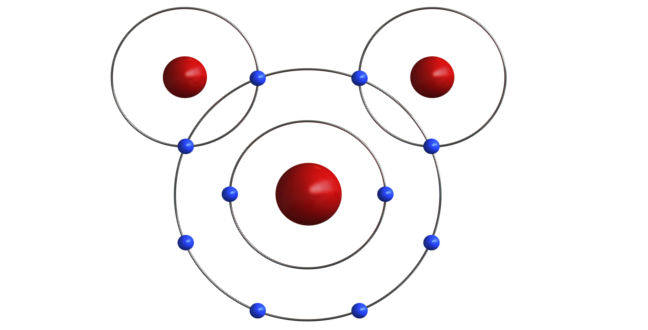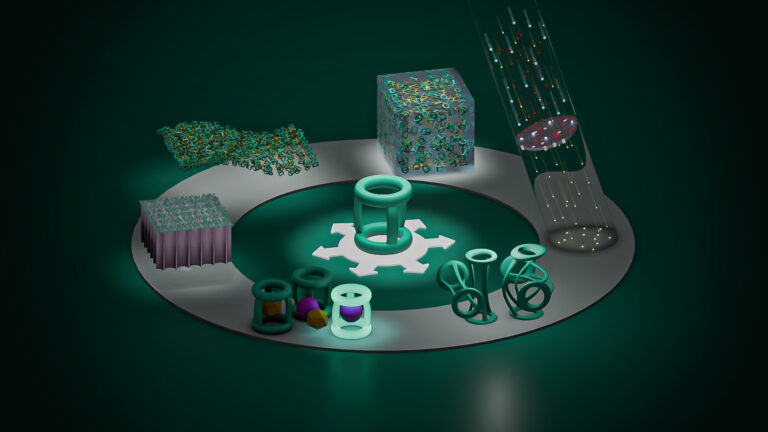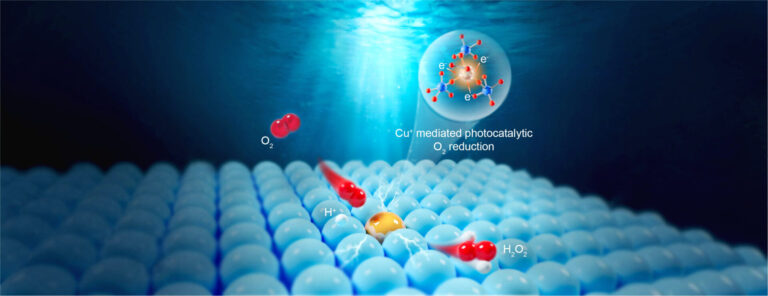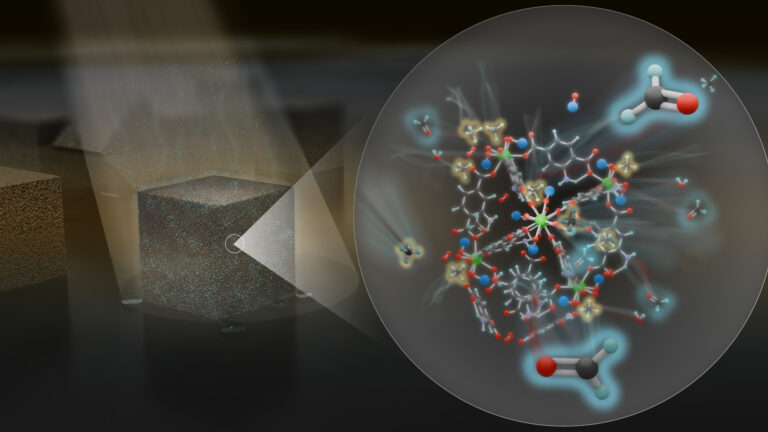Chemistry
Getting more fuel from water
Producing hydrogen from water is improved by creating an orderly catalyst.


Hydrogen is a clean energy source that can be produced by splitting water molecules using sun light and the right catalyst.
© oorka
KAUST scientists have found a way to synthesize a cheap and environmentally friendly photocatalyst for splitting a water molecule into hydrogen and oxygen atoms — essential for the use of hydrogen as a green fuel.
Hydrogen is an optimal source of clean fuel due to its high energy density. Hydrogen (together with oxygen atoms) can be produced by splitting a water molecule using energy from the sun and leaving only water as exhaust. Researchers have been searching for a green and efficient catalyst to drive the water-splitting reaction.
Now a team led by Kazuhiro Takanabe from the KAUST Catalysis Center has used a supramolecular-assembly method to develop an efficient catalyst for the process.
The ideal photocatalyst should be abundant, sustainable, efficient and free of any environmentally hazardous metallic substances, explains Takanabe. Materials based on carbon nitride meet all these criteria. “Carbon and nitrogen are both highly abundant, which has advantages for large scale application of any solar energy conversion technology,” says Takanabe.
The effectiveness of the photocatalytic reaction depends on the arrangement of the molecules in the catalyst. How the molecules are organized relative to their crystallinity plays a major role in the directional flow of electrons and therefore on catalytic efficiency. Many previous techniques have not been efficient, explains Takanbe, because the synthesis of carbon nitride resulted in a non-crystalline structure.
“We have now developed a novel way to synthesize carbon nitride in a highly crystalline and organized manner that improved the photocatalytic efficiency,” he says. His team’s method begins with a process known as supramolecular aggregation, which involves combining smaller molecules into a single larger molecule. Its usefulness comes from the way it causes the molecules to align in a particular order.
The researchers combined molecules of melamine and 2,4,6-triaminopyrimidine (TAP) and then used a process called ionic melt polycondensation to rearrange the molecules and create their final material called polytriazine imide. They were able to optimize the catalyst for absorbing visible light and ensure crystallinity by varying the amount of TAP added to the mix.
Takanabe and his team confirmed the crystal structure of their polytriazine imide using X-ray analysis and solid-state nuclear magnetic resonance. They also tested the rate of the photocatalytic hydrogen evolution reaction and found it was about fourteen times faster than some previous carbon nitride catalysts.
Takanabe says efficiency still needs to be improved, and hopes to achieve this by using the new molecular design with other inorganic materials.
References
- Bhunia, M. K., Yamauchi, K. & Takanabe, K. Harvesting solar light with crystalline carbon nitrides for efficient photocatalytic hydrogen evolution. Angewandte Chemie 53, 11001–11005 (2014).| article
You might also like

Applied Physics
Natural polymer boosts solar cells

Chemistry
Disruptive smart materials flex with real world potential

Chemistry
Catalysts provide the right pathway to green energy

Chemistry
Hollow molecules offer sustainable hydrocarbon separation

Chemistry
Maximizing methane

Chemistry
Beating the dark current for safer X-ray imaging

Chemical Engineering
Net benefits for advanced materials design

Chemical Engineering



